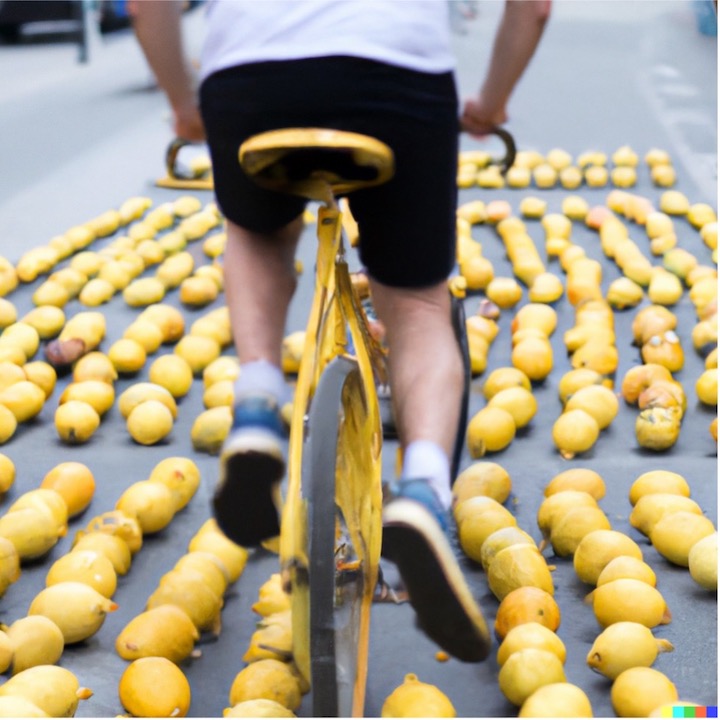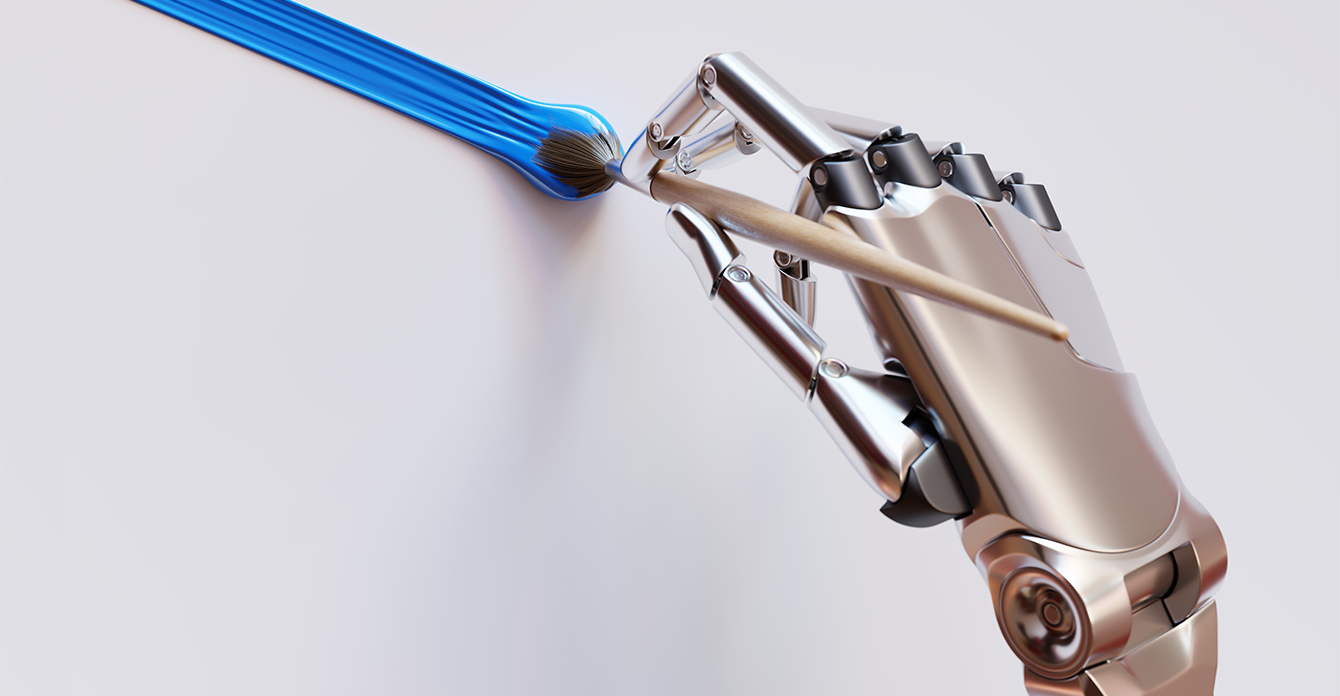When Jason Allen’s AI-generated work “Théâtre d’Opéra Spatial” took home the blue ribbon in the digital art category at the Colorado State Fair, it left many creatives seeing red.
“We’re seeing the death of artistry unfold right before our eyes . . . ” lamented one Twitter user in a post that garnered more than 2,000 likes.
But are we? Allen and other proponents contend that there’s still a “large human element” in the creation of an AI image and that the growing number of imaging platforms—such as Midjourney, the software Allen used, and the higher-end DALL·E 2, now available in beta—are simply another (albeit pretty powerful) tool for creatives (and common folk) to easily turn what they imagine into stunning images.
Who’s right? Let’s break it down.
AI art: How it works—and what you get
AI art generators allow anyone to generate unique, creative pieces with just a command. The user simply types in whatever they want. These platforms, trained on huge databases of existing art, generate never-before-seen pictures that match these prompts (more or less). The AI also learns from relationships between objects, allowing the human artist to continually fine-tune their creation.
We took DALL·E 2 for a spin and the images it generates look like photos—and they’re startlingly realistic.
When we typed, “hundreds of lemons rolling down the street,” DALL·E 2 gave us this:

Not bad.
And when we asked for “a dog sitting in a chair reading a book,” we got this:

Awww, cute.
And finally, we went for the more mundane (and more often searched-for marketing image) of “an elderly woman in a doctor’s office waiting room, looking at her iPhone, frustrated” and AI produced this:

Okay, this one needs a little work.
A variety of different images, often difficult to find or expensive to replicate in real life, all delivered to our desktop in just a few minutes. Pretty impressive. But far from perfect.
3 ways to put AI images to work
Now, we’re not suggesting your brand use AI-generated images in your next campaign (far from it), but there’s a place for this technology in the creative process. It’s just not in the finished product. In fact, there are three places AI imagery makes sense:
- Idea generation: Creative teams can leverage AI imaging platforms to generate ideas more quickly and cost-efficiently. By inputting prompts, fine-tuning AI outputs, and then presenting them on mood boards, teams can find more inspiration and explore different creative avenues in far less time. This is where AI art is most effective today.
- Concept creation: AI tools can generate imagery close enough to what’s in an artist’s mind so that creatives and marketers can share and collaborate on an idea—and again, explore a variety of options—before resources are invested in a full buildout. Think about it: sitting down with your team and exploring different concept executions and options right then and there, rather than waiting for them to go back, make refinements and share again.
- Stock imagery: AI art is beginning to reach the quality needed for stock photography, so when it comes to sourcing hard-to-find, highly specific or unique images (such as those DALL·E 2 provided us), AI ultimately can become the best solution, drawing on its virtually limitless visual possibilities.
At the end of the day, that’s what AI imaging technology is—a solution: One that, in the hands of the right team, can make the creative process more efficient and collaborative, can expand our thinking, and leverage our imagination and collective talents to the fullest. So maybe, to paraphrase Ad Age, “it’s not AI that will take a creative’s job, it’s the creative who knows how to use AI that will”: It’s up to you to decide where you land.
And lest you forget: AI copywriting has been around for more than a few years now, and here we are, writing yet another blog without it. (Or are we? 😀)









